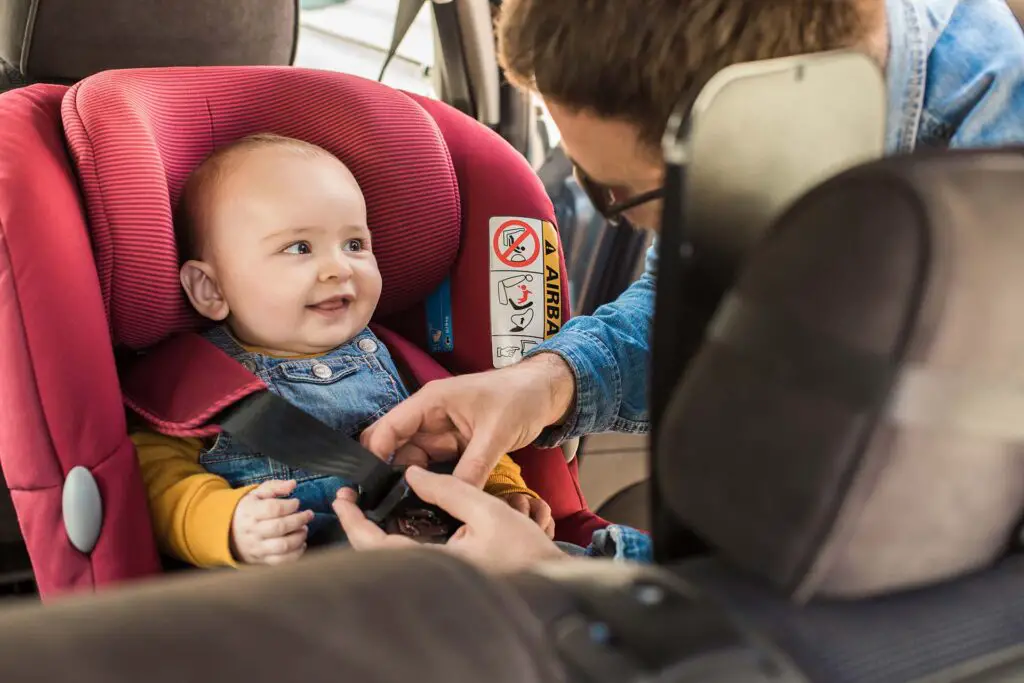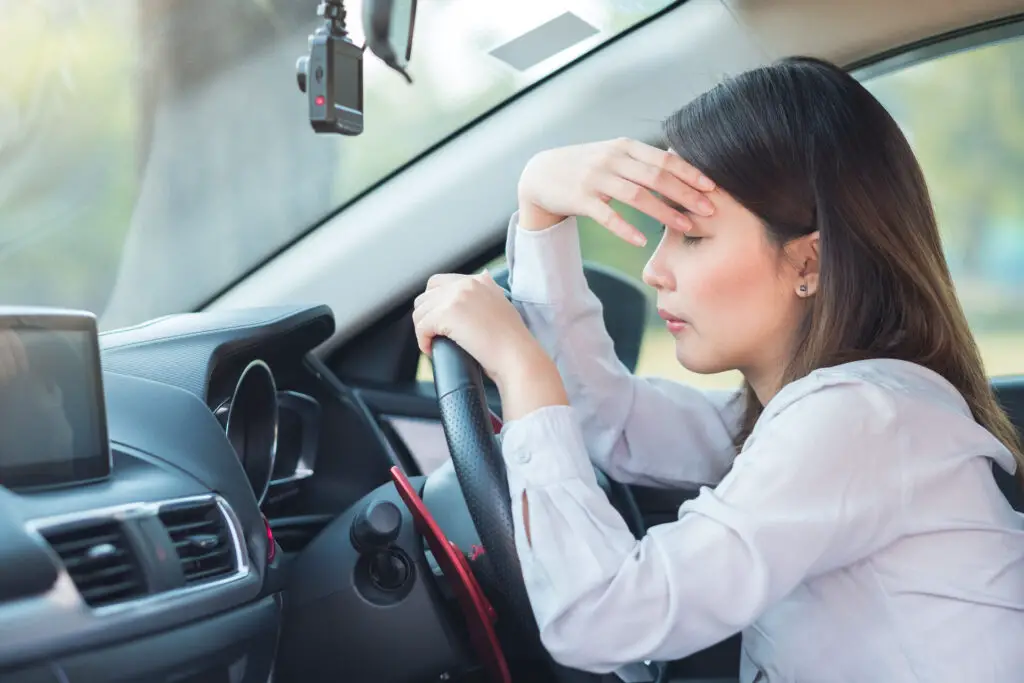You might own your car, but you definitely don’t own the streets you’re driving on. On the road, a tiny mistake has the potential to turn into a serious accident that could hurt you and other drivers. That’s why it’s absolutely essential to know the driver’s responsibilities way before you get behind the wheel.
While these duties may seem obvious to an experienced driver, it’s still important to refresh your knowledge from time to time. The leading causes of accidents are overspeeding and drunk driving, and these are things you shouldn’t do in any circumstances. Ensure that your time spent on the road is that much safer by staying focused and getting rid of distractions, as well as following traffic regulations.
The Number of Motor Vehicle Fatalities Is, Unfortunately, on the Rise
There are a number of reasons your vehicle might end up with a salvage title, from feeling just a bit tired and less focused while driving at night to someone being reckless enough to sit behind the wheel after drinking. Unfortunately, the number of road accidents, injuries, and fatalities has been on a steady rise in recent years after being relatively low in the 2010s.
Road crash fatalities and disabilities are starting to get recognized as a major public health concern, and you could rightfully view it as a global epidemic. The US has the most road crash fatalities among high-income countries such as Canada, Japan, Australia, or any country in Western Europe. Furthermore, the number of deaths due to road accidents is about 50% higher than in these countries.
Here are some additional sobering facts on what happens on the US roadways:
- More than 46,000 people die every year in crashes – that’s a traffic fatality rate of 12.4 deaths per 100,000 US citizens,
- Additional 4.4 million people are injured – and that’s only counting the injuries that are serious enough to cause medical attention,
- It’s the leading cause of death for most of the population – for people aged 1-54, road crashes are the main reason for premature death.
There Are a Couple of Lead Causes When It Comes to Car Crashes
Government organizations such as the National Highway Traffic Safety Administration (NHTSA) come up with statistical reports each year. According to this information, we can decipher the most common reasons people get into accidents on the road. While keeping in mind there was a total of over 40,000 car-related fatalities in the year 2020, here’s an overview of some of the leading causes:
| Cause of Accident | Number of Fatalities | % of Total | % Change from 2019 |
| DUI | 11,654 | 29.03% | Up 14% |
| Speeding | 11,258 | 28.03% | Up 17% |
| No Seatbelt | 10,893 | 27.13% | Up 14% |
| Distracted Driving | 3,142 | 7.83% | Up 0.7% |
| Hit-and-run | 2,564 | 6.39% | Up 26% |
| Tiredness | 633 | 1.58% | Down 9.2% |
It’s More Important Than Ever to Re-Establish the Driving Responsibilities
Sure, looking at these facts and statistics can get depressing pretty quickly, and it can cause quite a bit of driving stress knowing what happens on the road. But, I’m encouraging you to try and see this situation as an opportunity to refresh your knowledge of the duties every driver should follow. Most people are well aware of the general rules and safety precautions you should follow when driving, but sometimes a bit of carelessness and laxity is all you need for everything to turn south quickly.

The Legal Concept of Negligence Is Tightly Connected to Most Accidents on the Road
Once an accident occurs and is reported to authorities, it’s time to prove who was at fault in the given scenario. The drivers involved, as well as their insurance companies and lawyers, will likely rely on the legal concept of negligence in making their case. Basically, negligence is used to describe careless conduct that ends up harming another person.
So, when it comes to a car accident, a person can be negligent if they’ve done something they shouldn’t, like speeding or running a red light. Also, negligence is when someone fails to do something that should’ve been done, such as forgetting to turn on the headlights or not stopping for pedestrians.
The Number One Driving Responsibility Is to Avoid Harming Other Drivers and Pedestrians
If a person is not reasonably careful while they’re in traffic, and someone gets harmed as a result, they are financially liable for any injuries or other damages that occur. That means there is a legal duty to care for other drivers, pedestrians, and anyone else you might encounter on the road. So, let’s see what you can do to fulfill this duty and protect yourself, as well as everyone around you.

Drive Within Speed Limits – The Most Important Thing Is to Get to Your Destination Safely
While you might feel like overspeeding is necessary if you’re running late to work or to an important meeting, getting to your destination unharmed is much more important than getting there on time. Just because you’ve done it before and nothing happened doesn’t mean you’ll always be that lucky, seeing as overspeeding is one of the main reasons accidents occur. So, it’s essential to drive at reasonable speeds and within legal limits at all times.
Keep in mind that what is considered reasonable speed depends on numerous factors. After all, you can’t drive at the same speed in a school district as you do on a highway. Here are a few key factors important for figuring out how fast you can go:
- Existing speed limits and traffic levels,
- Road conditions and hazards,
- Weather conditions,
- Level of visibility.
Overspeeding Can Sometimes Happen Unintentionally
It’s simple – an increase in speed will multiply the risk of an accident and the severity of injury caused by it. But sometimes, overspeeding can happen unintentionally, and that’s why it’s important to stay present and control it. Installing a speed governor is a great way to ensure you are not overspeeding because these special devices will help you limit the speed and avoid any potential accidents.

There’s No Justification for Getting Behind the Wheel While Under the Influence
It’s obvious, and I wish I didn’t have to mention it. But the truth is that besides overspeeding, driving under the influence is the most common cause of car crashes. An average of 29 fatalities occur every single day just because someone thought it wasn’t a big deal to get behind the wheel after consuming alcohol or drugs.
It’s called impaired driving for a reason – these substances reduce concentration and reaction time, as well as mess with your vision. When you add liquid courage and recklessness to the mix, it’s the perfect recipe for an accident. So, if you find yourself in the mood to celebrate with a few drinks, decide on a designated driver or just call a cab. Under no circumstances should you get behind the wheel.
The Morning After a Night of Heavy Drinking Is Also Dangerous
While most people know not to drive while drunk, not many are aware that alcohol takes a long time to process. For every unit of alcohol consumed, it takes about an hour for the human body to process it. Most DUI tickets are given in the morning after a heavy drinking session. So, you should keep in mind that it’s possible to wake up in the morning and still have high levels of alcohol left in your body. If that’s the case, just stay where you are and sleep off the hangover you probably have.

Stay Concentrated on Your Surroundings and Aware of Everyone You Encounter on the Road
The key to being a better driver is to maintain awareness of your surroundings at all times. In traffic, there’s a lot going on, and it’s easy to start feeling anxious, especially if you’re a beginner driver. That’s why it’s important to actively try to manage your stress levels and stay alert and attentive to the environment around you.
The Streets Are Full of Distractions – It’s All About Staying Focused
Keeping awareness comes hand in hand with getting rid of any potential distractions you could have while behind the wheel. It’s natural for thoughts to wander off, especially when you’re doing something that’s a part of your daily routine. However, this can be very distracting, and you’ll find yourself missing a turn while thinking about the most random things, such as whether you should clean your steering wheel.
Here are a few useful tips for staying present and getting rid of distractions while you’re on the road:
- Plan your route before you get on the road – looking at the map and figuring out where you should be going is not a good idea when you have to stay concentrated on the road,
- Switch your phone notifications to silent – texting or talking on the phone can obviously be very distracting, and there’s no reason to attempt multitasking while behind the wheel,
- Limit how much you talk to your passengers – being engaged in the conversation can also distract you from the road, especially if some heated discussions are taking place,
- Take a 15-minute break every two hours – ensure to schedule breaks for rest and eating because it will help you stay focused,
- Never drive if you’re feeling tired or drowsy – if you’re sleepy or have taken medication that causes drowsiness, stay where you are and get some rest.
Traffic Regulations Are There for a Reason, and That Reason Is Safety
This is also an obvious one, but it needs to be acknowledged – it’s absolutely essential to abide by traffic rules and regulations. You might be tempted to run a red light or cut someone off just because you’re in a rush, but this is a big risk even for the most experienced drivers. So, don’t be too lazy to apply everything you’ve learned at the driving school. Obeying road signs, putting on your seatbelt, and keeping a safe distance from other vehicles – these things might seem obvious, but they are easily overlooked, and that can cause dire consequences.

There Are a Few Causes of Accidents That Are Unrelated to Human Error
According to research done by NHTSA, about 94% of all accidents occur due to human error, often just a simple lapse of judgment. However, that doesn’t mean that the safest and most careful drivers won’t fall victim to a car crash. Here are the biggest factors unrelated to human error that can cause an accident:
Vehicle Errors and Defects
One could argue that this is also a consequence of human error because keeping your car in good condition is one of the responsibilities you have as an owner. However, things go haywire and malfunction on their own sometimes, and there’s nothing you can do about it, really. Having regular maintenance and checking out your vehicle before you get into it is your only role in this aspect, and it will surely minimize the chances of crashing due to a vehicle defect.
Road Conditions
While you should keep focus and look out for any “road work ahead” signs while you’re on the road, sometimes poorly maintained roads can result in popping a tire or being unable to brake adequately. So, if you find yourself on an unkept road, slow down, be careful, and be prepared for possibly changing a flat tire.
Weather Conditions
Conditions such as slippery roads from rain and snow, wind speed, and fog can greatly affect safety and visibility on the road. When you’re driving under these conditions, you should be extra careful and make sure you have the right tires for the winter or summer season.
Now That You Know the Driver’s Responsibilities, It’s Time to (Safely) Hit the Road
Now that your memory has been refreshed concerning the duties you have as a driver, it’s time to hit the road once again. Remember, it’s all about keeping focus and following the traffic regulations that exist to keep you safe. If you’re aware of everything that’s expected of you while behind the wheel, you’re making the streets that much safer for everyone involved.








